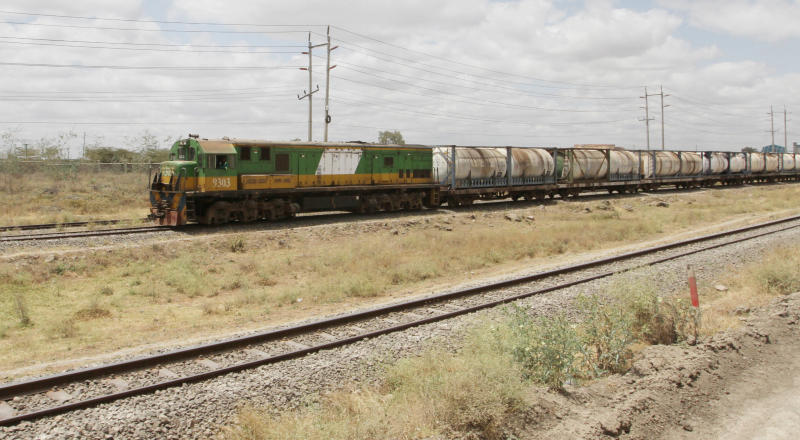×
The Standard e-Paper
Read Offline Anywhere

The business of the Kenya-Uganda railway built in 1890s, that profoundly impacted on the economy, is depreciating.
Some of the old men, who used to work and use the railway line, say it improved economic power of the nation, opened up towns and boosted trade with neighbouring countries. However, this is slowly fading with the introduction of the Standard-Gauge Railway (SGR).